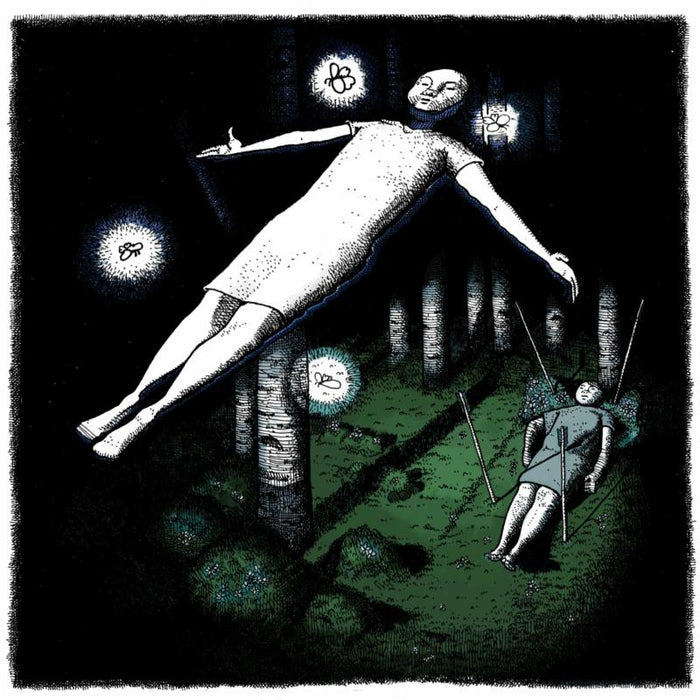Description
Lake Havasu is a community of winding hillside roads, launched in the 1960s alongside a brick-for-brick rebuild of the original London Bridge. "It's this very synthetic, gimmicky place set in this soulful, desolate landscape," laughs Pedro the Lion's David Bazan, who moved to the Arizona city for one year in seventh grade.
Bazan collected his earliest childhood experiences for 2019's Phoenix, the prolific artist's celebrated return to the Pedro moniker and the first in a planned series of five records chronicling his past homes. To write its sequel, Bazan traveled to Havasu four times over several years, driving past his junior high campus, a magical skating rink, and other nostalgic locations that evoked feelings long suppressed. "An intersection I hadn't remembered for 30 years would trigger a flood of hidden memories," he says. "I was there to soak in it as much as possible."
Driving the inscrutable loops of Havasu's lakeside, Bazan listened through an audiobook of Tom Petty's biography, eventually dialoguing with Petty's voice in his mind.
A revelation from the book-that Petty subconsciously wrote the song "Wildflowers" as an act of kindness toward himself-inspired Bazan to approach his own work with radical generosity toward his young self. "I wanted to be there for that kid," he offers. "That twelve year old still needs parenting, and still needs to process."
To revisit his past with openness, Bazan modified harmful work habits he'd accepted as necessary. That meant doing away with deadlines, and accumulating moments of play as he felt moved to-"Rather than squeezing stones every single time. I'm on a slow journey away from that," he clarifies.
As he worked through the music that became Havasu, flexibility and curiosity informed the arrangements. Bazan began writing on a simple synthesizer and drum machine setup. He detoured to a more elaborate assortment of analog electronic equipment, then woodshed his original two-handed keyboard arrangements on fingerpicked acoustic guitar.
Concurrently relearning his catalog for a weekly series of livestream concerts also renewed his gratitude toward songwriting. "I was trying to evaluate what I have to show for 20 years of kicking my own ass," Bazan quips about the strenuousness of full-time touring.
"But the garden of my songs is what I've been building. It doesn't have to be an ego test." Approaching his discography with appreciation reconciled cognitive dissonance about the music of his childhood, which Bazan had dismissed as cheesy. "As a kid, that Richard Marx song would come on and I would swoon. I've been working my whole life to pretend that wasn't there, and I wanted to honor the sappy, emotional kid that I was. It helped me see myself," he admits.


















